Home>Technology>Security & Surveillance>How To Lock Dog Door
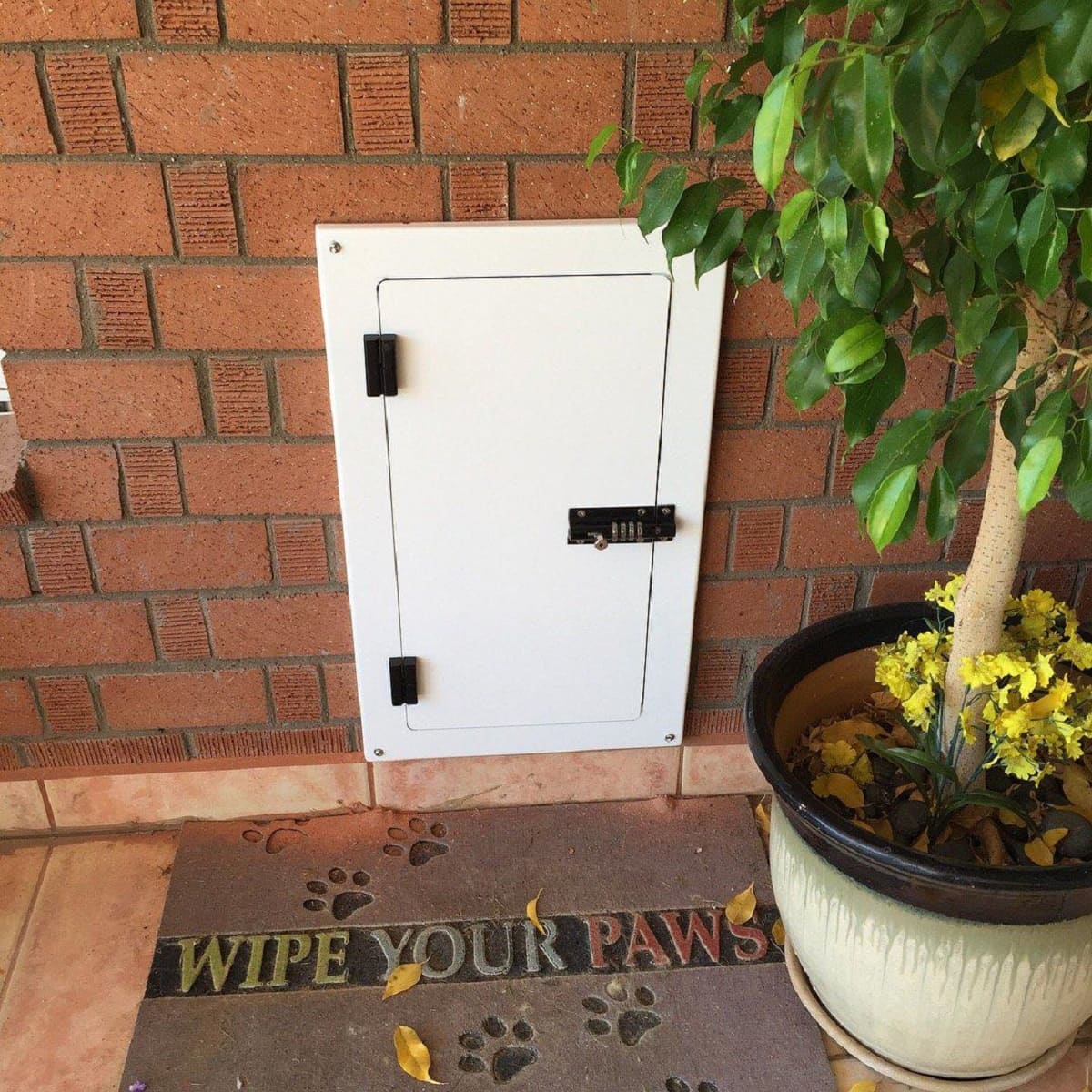

Security & Surveillance
How To Lock Dog Door
Published: December 26, 2023
Learn how to lock your dog door for added security and surveillance. Discover effective methods to keep your home safe and secure.
(Many of the links in this article redirect to a specific reviewed product. Your purchase of these products through affiliate links helps to generate commission for Storables.com, at no extra cost. Learn more)
Introduction
Welcoming a furry friend into your home brings immeasurable joy and companionship. Along with the warm cuddles and playful antics, your dog may require a bit of independence, especially when it comes to outdoor access. Dog doors provide a convenient solution for pets to move in and out of the house as they please, but security concerns often arise. In this comprehensive guide, we will explore the various types of dog doors and delve into the process of choosing and installing a secure locking mechanism. Additionally, we will discuss the essential steps for training your dog to use a locked dog door effectively. By the end of this article, you will be equipped with the knowledge and confidence to ensure the safety and security of your beloved canine companion while granting them the freedom they crave. Let's embark on this journey to discover the best practices for securing a dog door without compromising your pet's comfort and convenience.
Key Takeaways:
- Secure your dog door by choosing the right locking mechanism that balances security and pet-friendly access, ensuring your furry friend’s safety without compromising their freedom.
- Train your dog to use a locked dog door with patience and positive reinforcement, creating a positive association with the entryway and empowering them to navigate it confidently.
Read more: How To Lock Sliding Glass Door With Dog Door
Types of Dog Doors
When it comes to dog doors, there are several types to consider, each offering unique features and functionalities. Understanding the distinctions between these options can help you make an informed decision based on your pet’s needs and your home’s layout. Here are the most common types of dog doors:
- Traditional Flap Doors: These classic dog doors feature a flexible flap that your dog can push through to access the outdoors. While they provide a simple and familiar entryway for your pet, they may lack advanced security features.
- Electronic Smart Doors: Equipped with advanced technology, electronic smart doors use sensors to detect your pet’s presence and can be programmed to allow access only to specific pets wearing a corresponding collar or tag. Some models also offer locking options for enhanced security.
- Sliding Glass Panel Inserts: Ideal for homes with sliding glass doors, these dog doors can be inserted into the existing door frame, allowing your pet to move in and out without the need for extensive installation. They often come with locking mechanisms for added security.
- Wall-Mounted Doors: Designed for installation in exterior walls, these dog doors offer sturdiness and insulation. They can be equipped with secure locking mechanisms to prevent unauthorized access.
- Automatic Doors: These high-tech dog doors open and close automatically, triggered by sensors or microchips attached to your pet’s collar. Some models feature locking capabilities to enhance security when the door is not in use.
Before selecting a dog door, carefully assess your pet’s size, behavior, and the layout of your home. Additionally, consider the security features offered by each type of door, as this will play a crucial role in safeguarding your home against potential intruders. Once you have determined the most suitable type of dog door for your needs, you can proceed to explore the available locking mechanisms to ensure the security of your home and the well-being of your pet.
Choosing the Right Locking Mechanism
Ensuring the security of your home while allowing your dog the freedom to move in and out requires a reliable locking mechanism for the dog door. The right locking system not only deters unwanted intruders but also provides peace of mind for pet owners. Here are some key factors to consider when choosing the appropriate locking mechanism for your dog door:
- Security Levels: Evaluate the security levels offered by different locking mechanisms. Some options include sliding bolt locks, key-operated locks, and electronic locks with programmable access codes. Choose a mechanism that aligns with your security needs and provides a robust barrier against potential intruders.
- Pet-Friendly Access: Opt for a locking mechanism that allows your pet easy access while effectively preventing unauthorized entry. Consider electronic smart locks that can be programmed to recognize your pet’s collar or microchip, granting them exclusive access while keeping out other animals or intruders.
- Weather Resistance: Select a locking mechanism that can withstand the elements and maintain its functionality in various weather conditions. Weather-resistant locks ensure reliable performance and durability, especially in outdoor settings.
- Convenience and Ease of Use: Prioritize locking mechanisms that are convenient for both you and your pet. Whether it’s a key-operated lock, a sliding bolt, or an electronic system, the mechanism should be user-friendly and seamlessly integrate with your daily routine.
- Compatibility with Dog Door Type: Ensure that the chosen locking mechanism is compatible with the type of dog door you have or plan to install. Different doors may require specific locking systems to ensure a secure fit and optimal functionality.
By carefully considering these factors, you can select a locking mechanism that not only meets your security requirements but also aligns with your pet’s comfort and convenience. Once you have chosen the right locking system, the next step is to install it securely onto the dog door, ensuring a seamless integration that enhances both security and accessibility.
Consider using a sliding bolt lock or a security bar to secure the dog door when not in use. This will prevent unwanted access and keep your home secure.
Installing a Lock on a Dog Door
Once you have chosen the appropriate locking mechanism for your dog door, the next crucial step is to ensure a secure and proper installation. Whether you are retrofitting an existing dog door with a new lock or installing a lock on a newly purchased door, the process requires attention to detail and precision. Here are the essential steps for installing a lock on a dog door:
- Assess the Dog Door: Begin by thoroughly examining the dog door to determine the most suitable location for the lock. Consider factors such as the door material, the pet’s access height, and the ease of operation for both you and your pet.
- Prepare the Locking Mechanism: If the locking mechanism requires assembly or preparation, carefully follow the manufacturer’s instructions to ensure proper setup. This may involve attaching brackets, securing electronic components, or aligning the locking components for seamless operation.
- Mark the Installation Points: Using a pencil or marker, mark the precise points where the lock will be installed on the dog door. Ensure accurate measurements and alignment to avoid any errors during the installation process.
- Drill Pilot Holes: If necessary, drill pilot holes at the marked points to facilitate the installation of screws, bolts, or other fastening components. Be mindful of the door material and use appropriate tools to prevent damage.
- Secure the Lock: Align the locking mechanism with the pilot holes and securely fasten it to the dog door using the provided hardware. Follow the manufacturer’s guidelines to ensure a snug and stable fit, preventing any potential wobbling or misalignment.
- Test the Lock: Once the lock is installed, thoroughly test its functionality to ensure smooth operation and reliable security. Verify that the locking mechanism engages and disengages seamlessly, allowing your pet to access the door while effectively preventing unauthorized entry.
By following these steps with precision and care, you can install a lock on your dog door effectively, providing enhanced security without compromising your pet’s freedom of movement. Additionally, a securely installed lock contributes to the overall durability and longevity of the dog door, ensuring sustained functionality and reliable performance.
Training Your Dog to Use a Locked Dog Door
Introducing your dog to a locked dog door requires patience, positive reinforcement, and consistent training. While the concept of a locked door may initially perplex your pet, with the right approach, you can effectively teach them to navigate the new entryway while respecting the locking mechanism. Here are the essential steps for training your dog to use a locked dog door:
- Introduce the Locked Door: Begin by allowing your dog to become familiar with the locked dog door. Encourage them to approach the door and observe the locking mechanism from both sides. Use treats and verbal praise to create a positive association with the door and its surroundings.
- Engage in Interactive Play: Incorporate interactive play near the locked dog door to build your dog’s confidence and curiosity. Use their favorite toys or engage in a game to create a positive and relaxed atmosphere around the door, reinforcing the idea that it is a safe and enjoyable space.
- Model the Behavior: Demonstrate the process of opening and closing the locked dog door in front of your pet. Use encouraging words and gestures to showcase the ease and safety of using the door while highlighting the presence of the locking mechanism as a protective feature.
- Practice Controlled Access: Initially, allow controlled access through the locked dog door by opening it for your dog and guiding them through. Encourage them to pass through the door while it is in the locked position, reinforcing the idea that the door can be used comfortably and securely at all times.
- Positive Reinforcement: Whenever your dog successfully interacts with the locked dog door, offer enthusiastic praise and rewards. Positive reinforcement strengthens the association between the door, the locking mechanism, and a positive outcome, encouraging your pet to approach the door with confidence and ease.
- Gradual Independence: Over time, gradually encourage your dog to approach and use the locked dog door independently. Maintain a supportive and encouraging demeanor, and be patient as your pet gains confidence in navigating the locked entryway on their own.
Consistency, patience, and a gentle approach are key to successfully training your dog to use a locked dog door. By creating a positive and supportive environment, you can instill confidence in your pet and ensure that they understand and respect the security measures in place. With time and encouragement, your dog will adapt to the locked dog door, enjoying the freedom to move in and out while upholding the security of your home.
Read more: How To Lock A Door Without A Lock
Conclusion
Securing a dog door without compromising your pet’s comfort and freedom is a vital aspect of responsible pet ownership. By understanding the various types of dog doors and selecting the right locking mechanism, you can create a safe and convenient entryway for your canine companion. Whether you opt for a traditional flap door, an electronic smart door, or a sliding glass panel insert, choosing a dog door that aligns with your pet’s needs and your home’s layout is the first step toward striking a balance between accessibility and security.
When it comes to selecting a locking mechanism, prioritizing security levels, pet-friendly access, weather resistance, and ease of use ensures that your dog door remains a reliable and robust barrier against potential intruders. Installing the chosen lock with precision and care further enhances the security and functionality of the dog door, providing peace of mind for you and a safe passage for your pet.
Training your dog to use a locked dog door is a collaborative effort that requires patience, positive reinforcement, and a supportive approach. By introducing the concept of a locked door gradually and creating a positive association with the entryway, you can empower your pet to navigate the locked dog door confidently while respecting its security features.
Ultimately, by following the guidelines outlined in this comprehensive guide, you can ensure that your dog enjoys the freedom to move in and out of your home while maintaining a secure and protected environment. Embracing the right combination of dog door type, locking mechanism, and effective training fosters a harmonious coexistence between security and convenience, allowing you to provide the best for your beloved canine companion.
Frequently Asked Questions about How To Lock Dog Door
Was this page helpful?
At Storables.com, we guarantee accurate and reliable information. Our content, validated by Expert Board Contributors, is crafted following stringent Editorial Policies. We're committed to providing you with well-researched, expert-backed insights for all your informational needs.
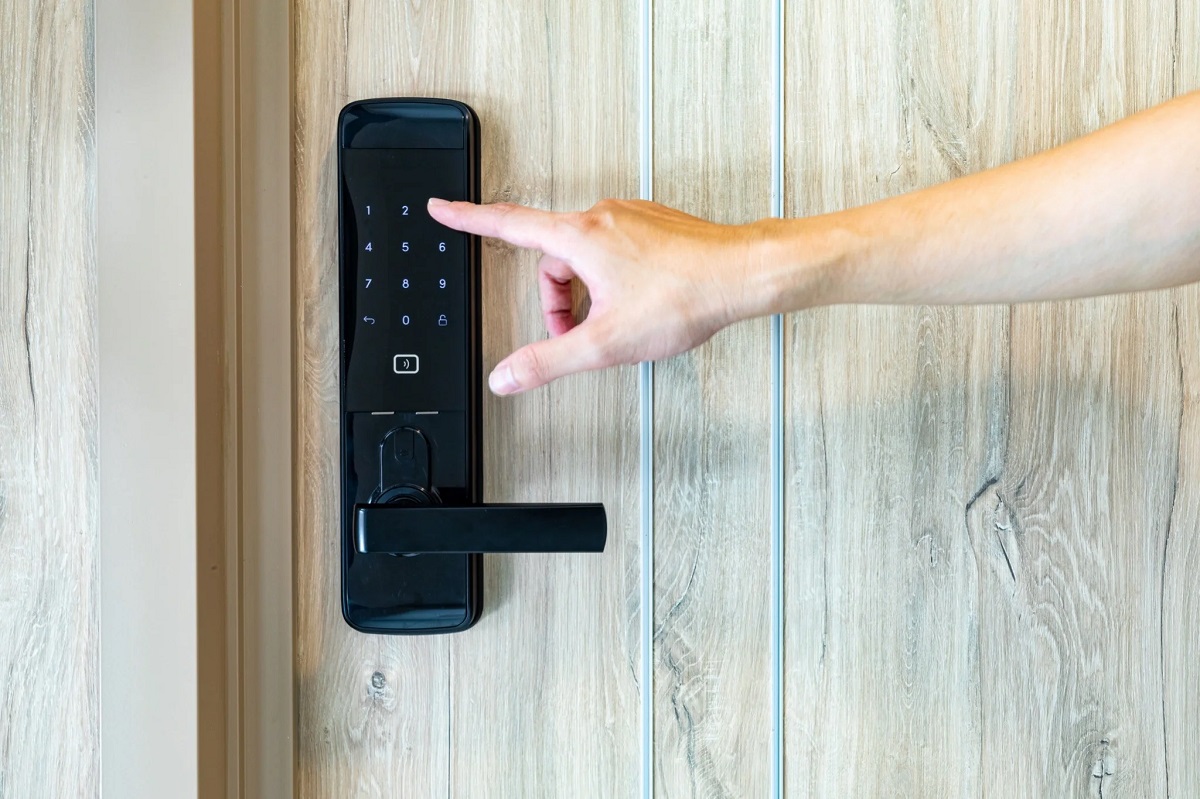
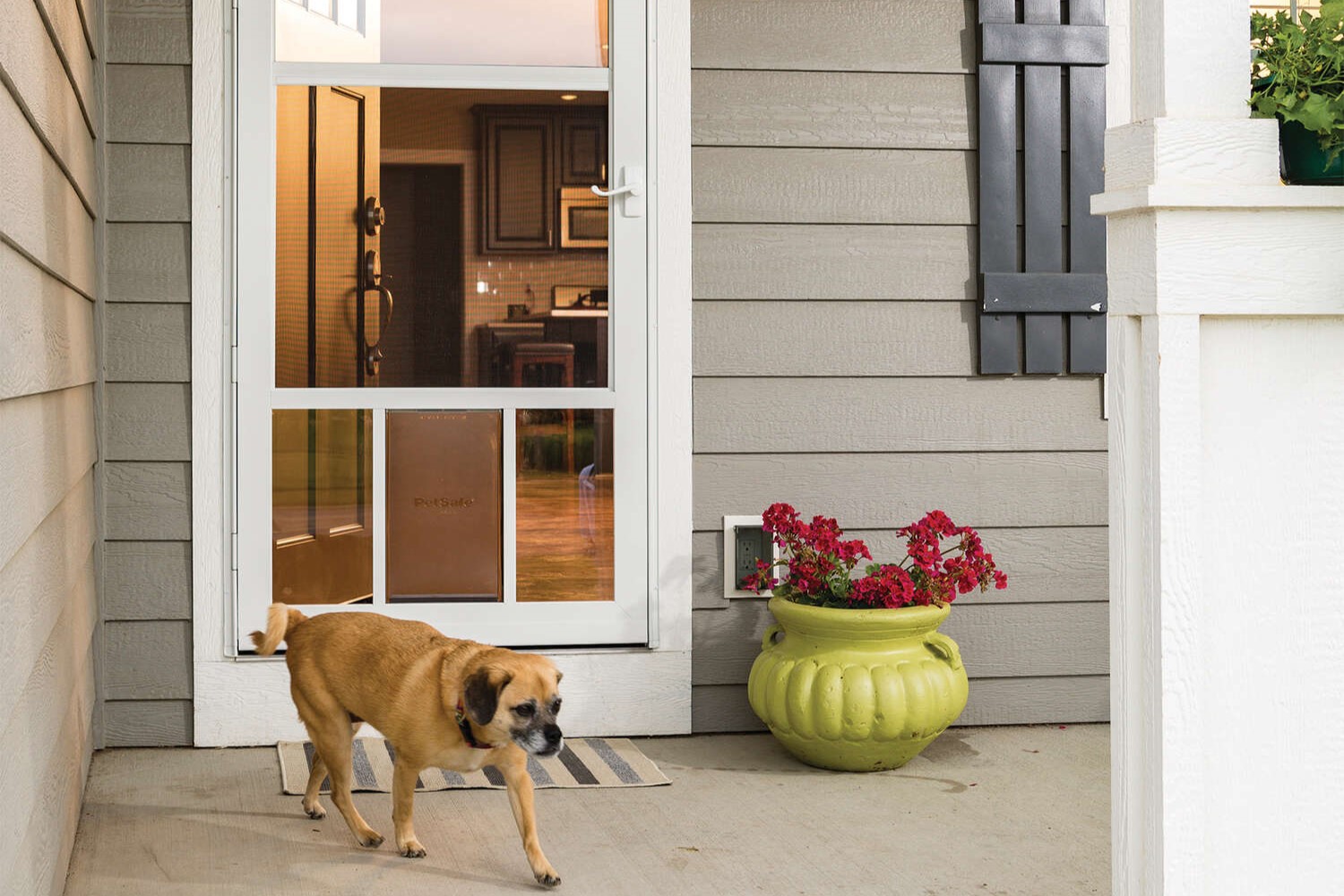
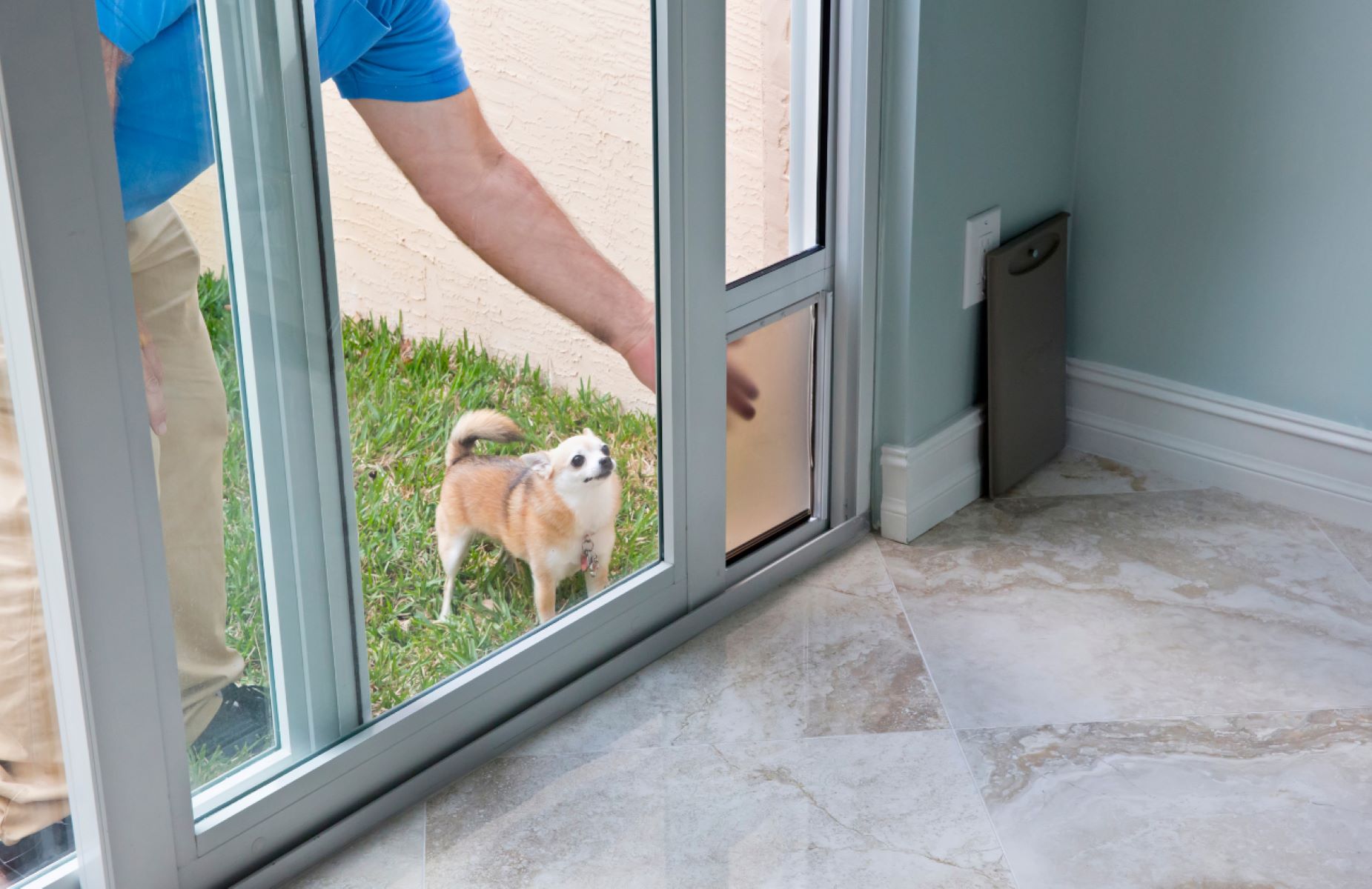
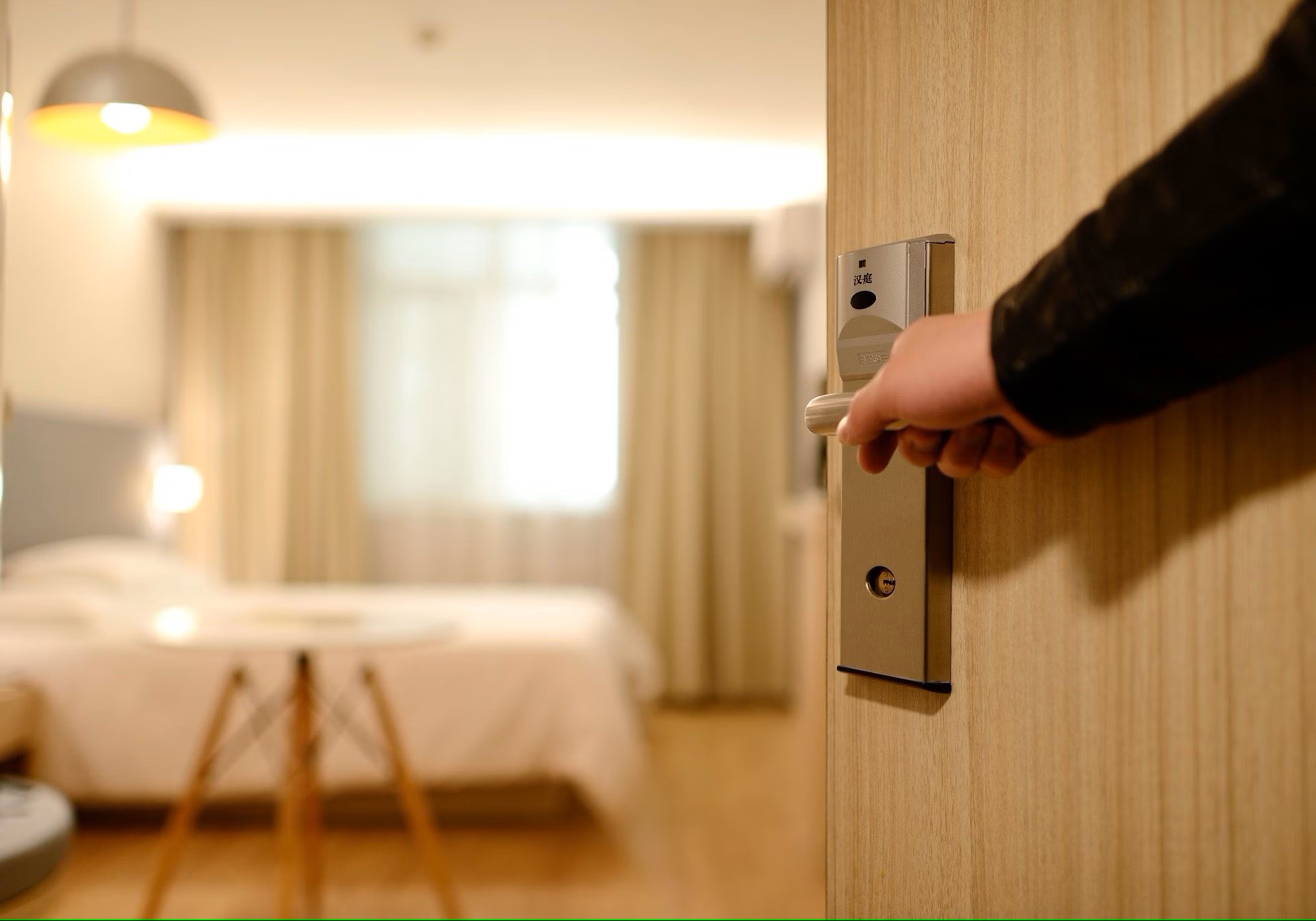
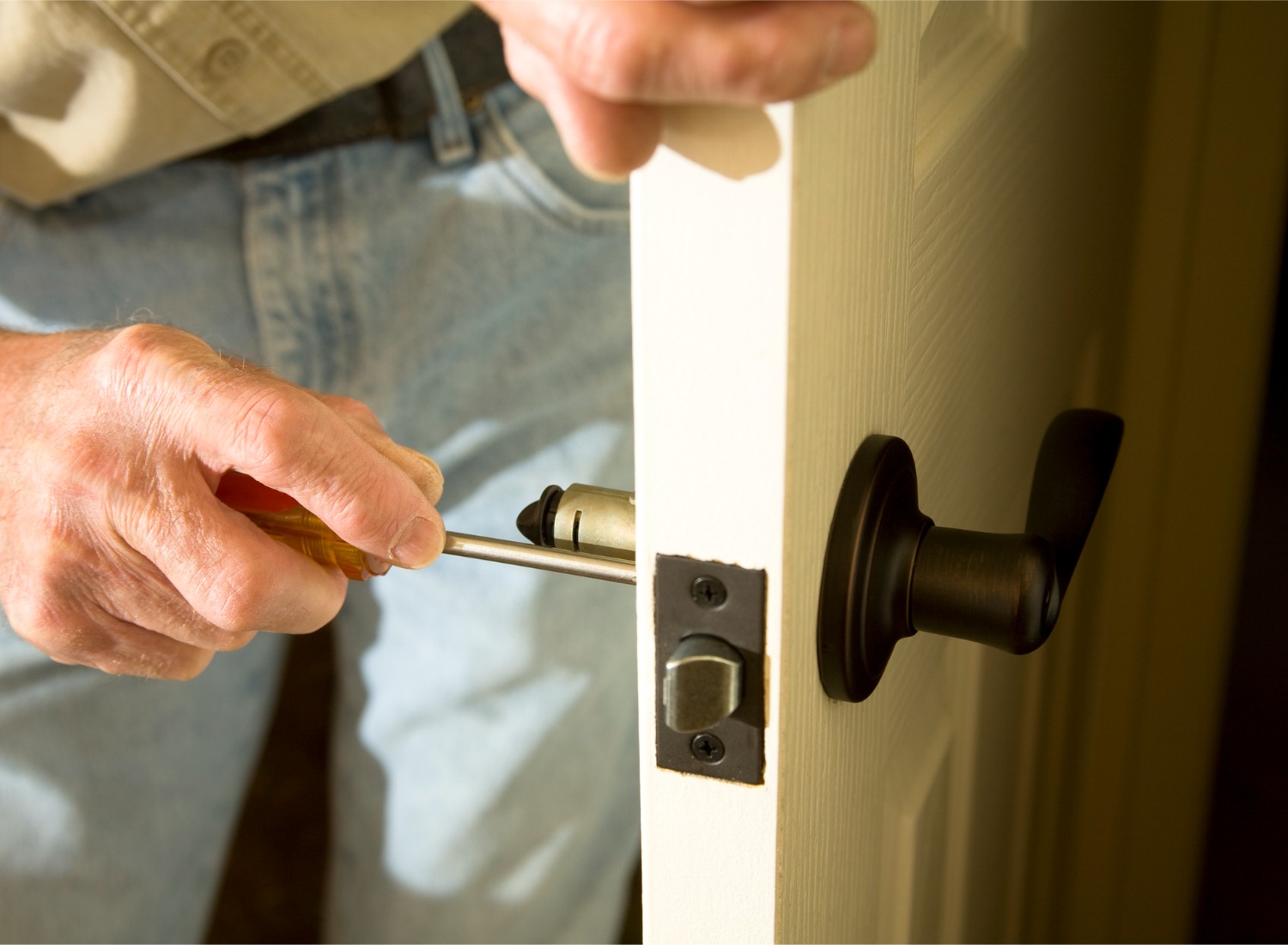
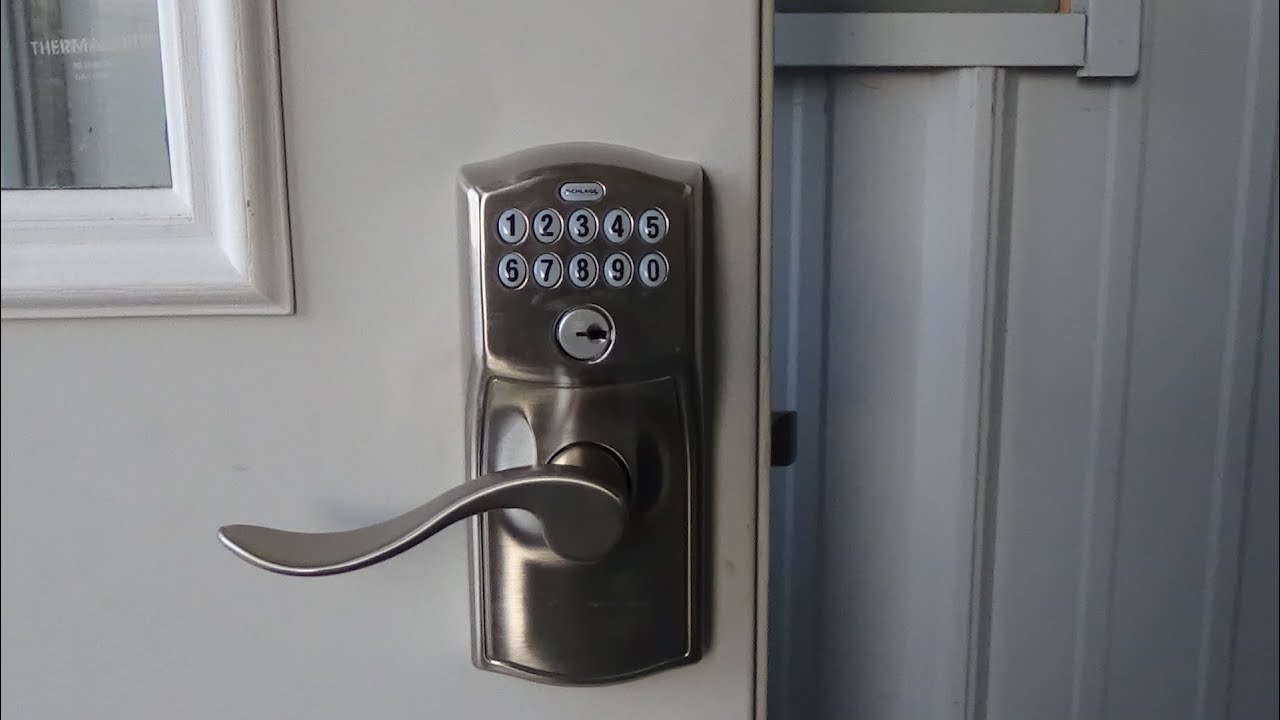
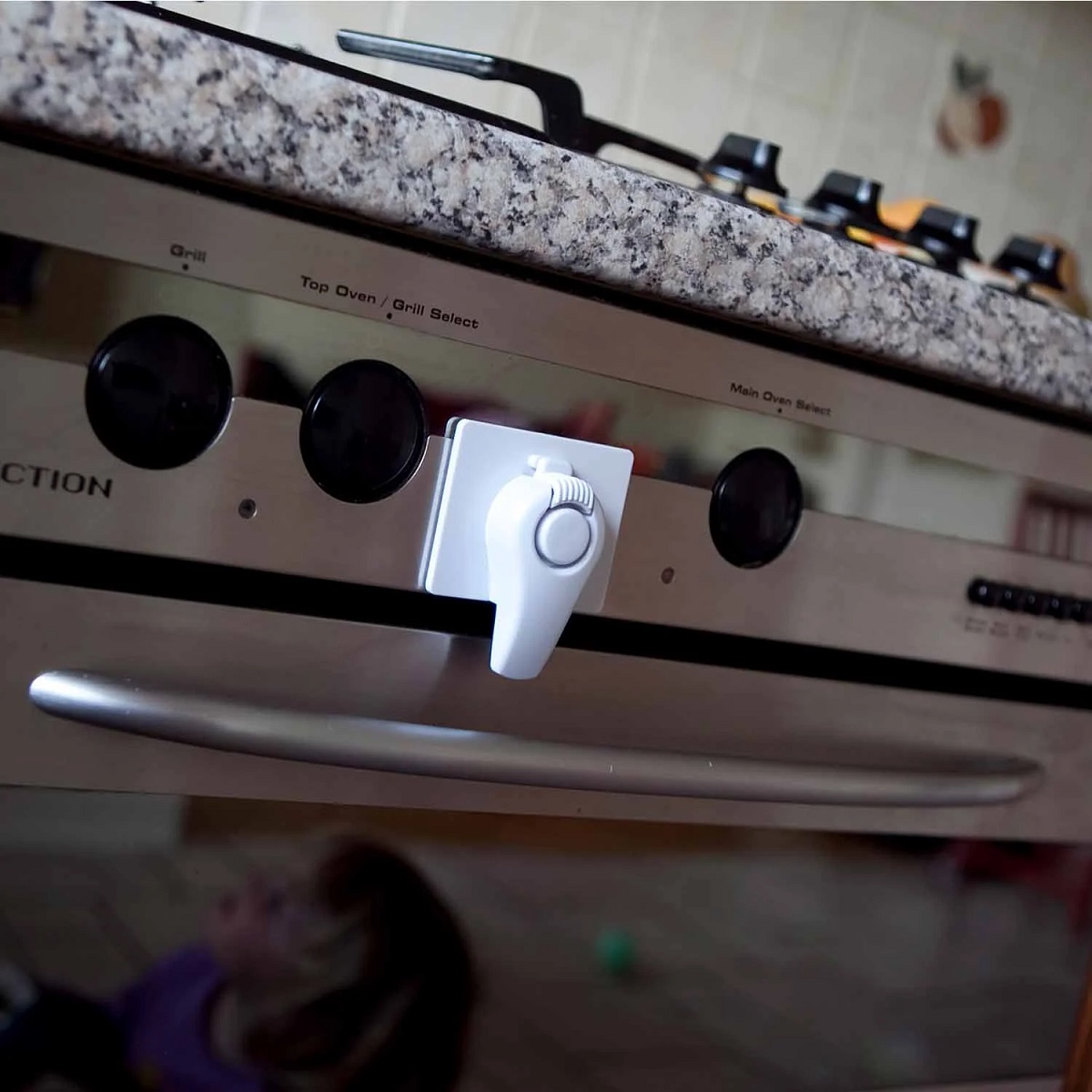
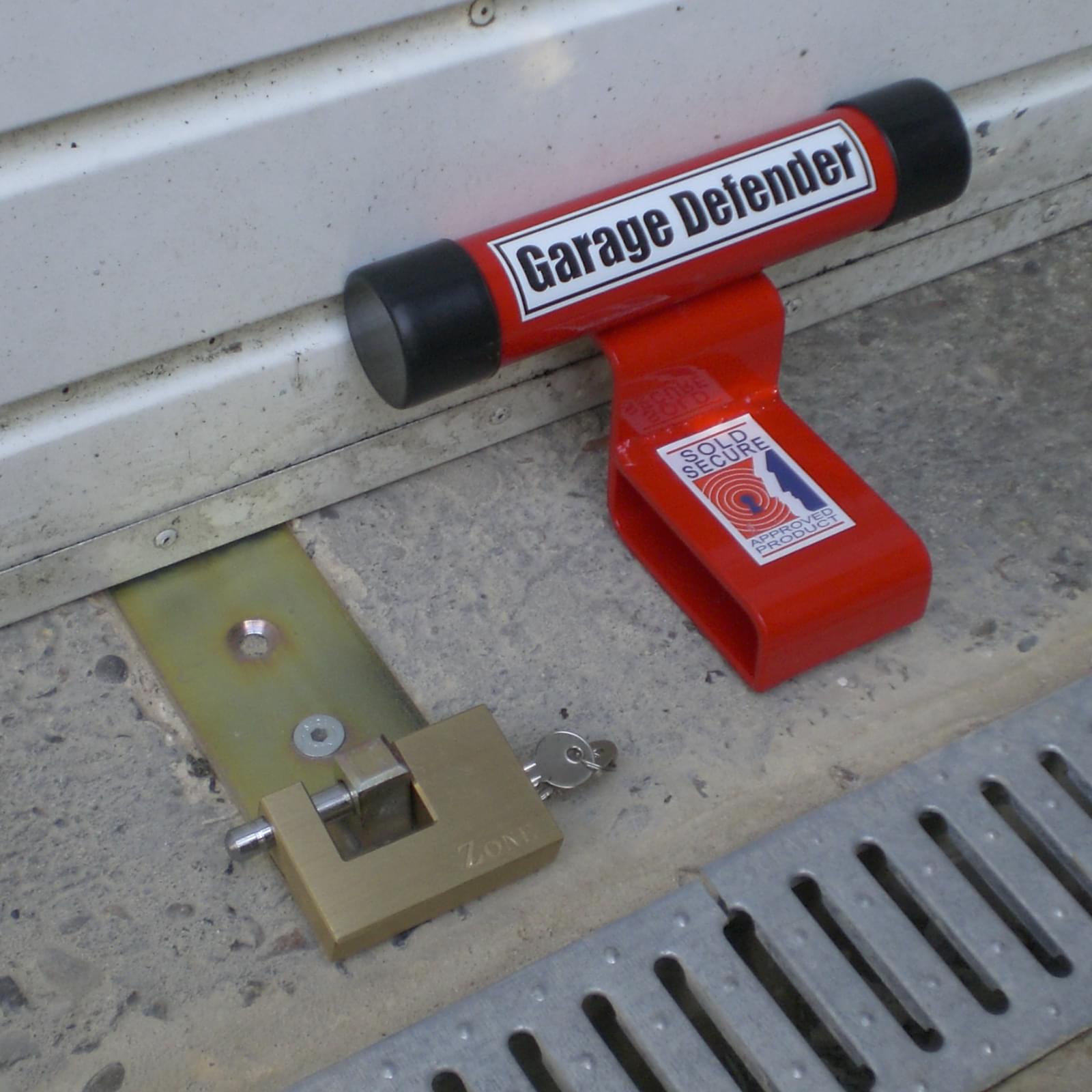
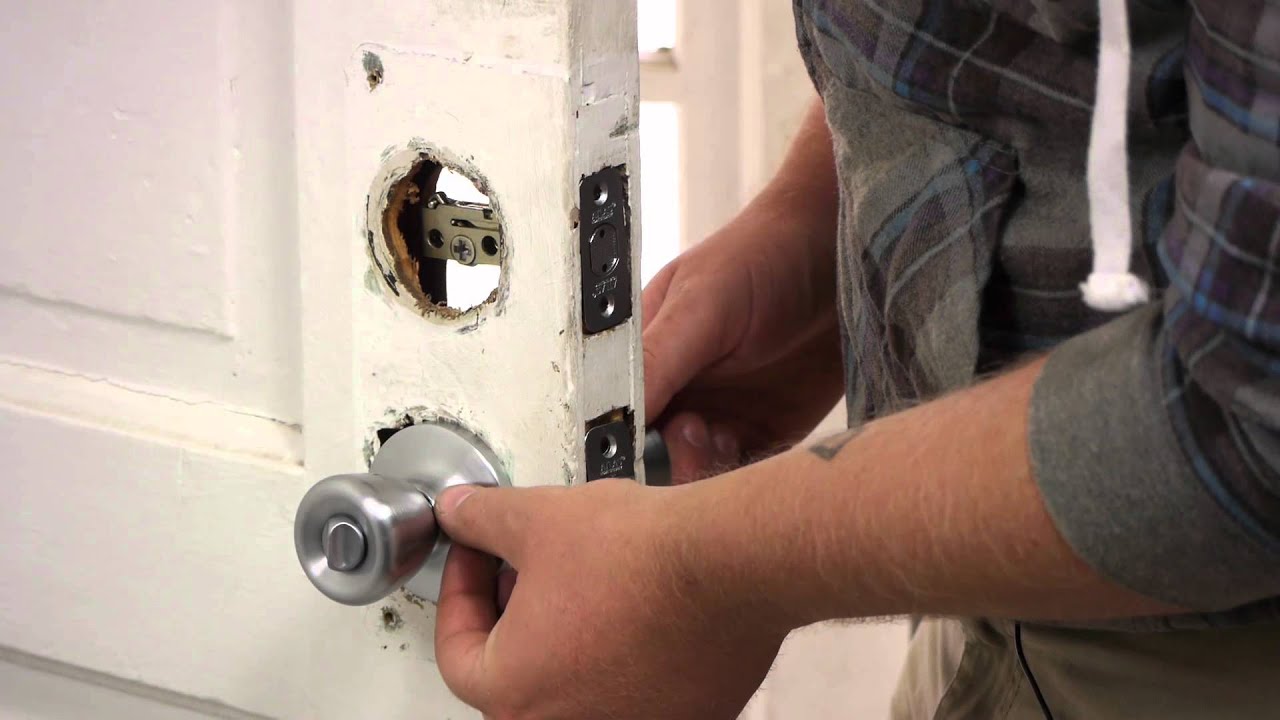
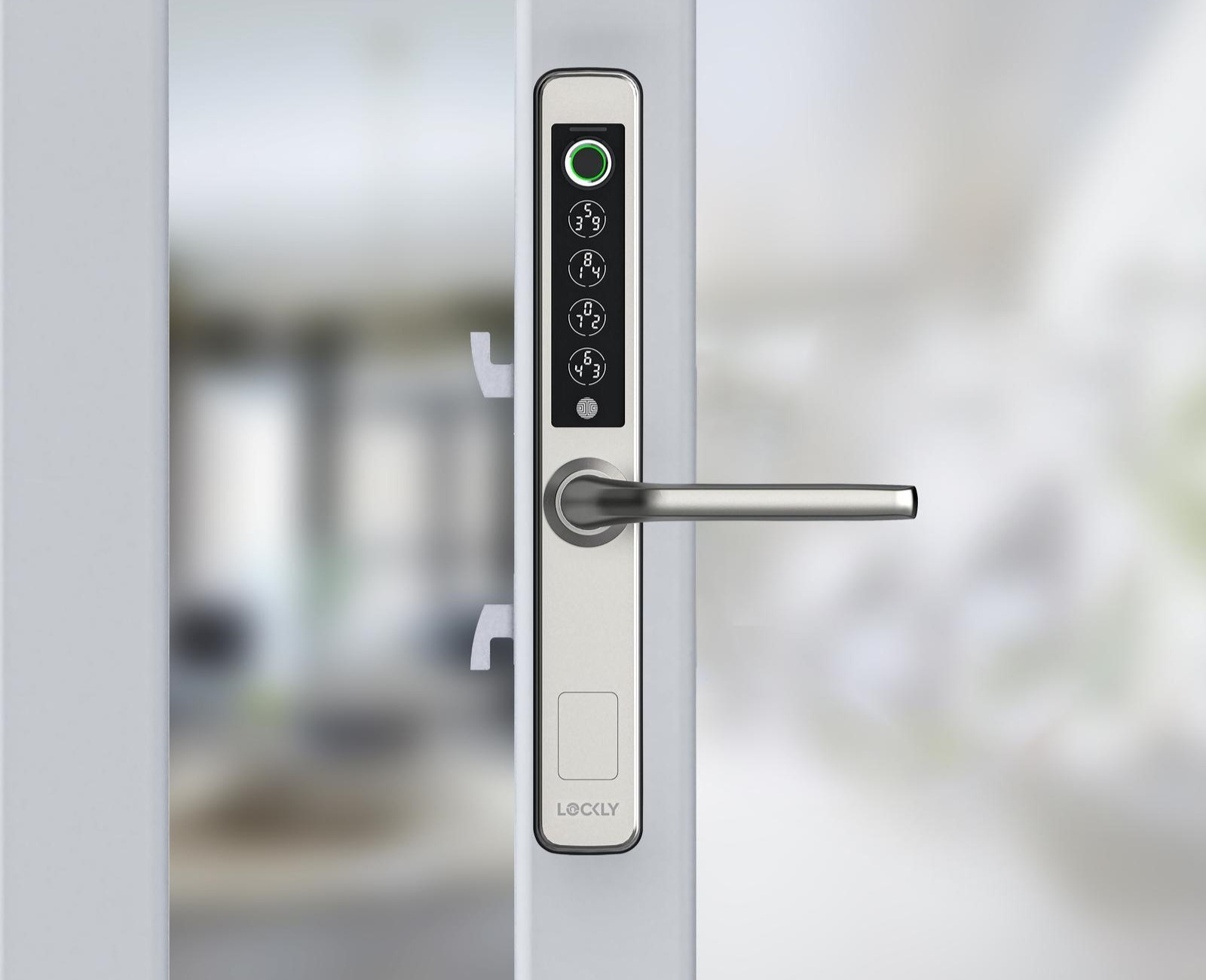
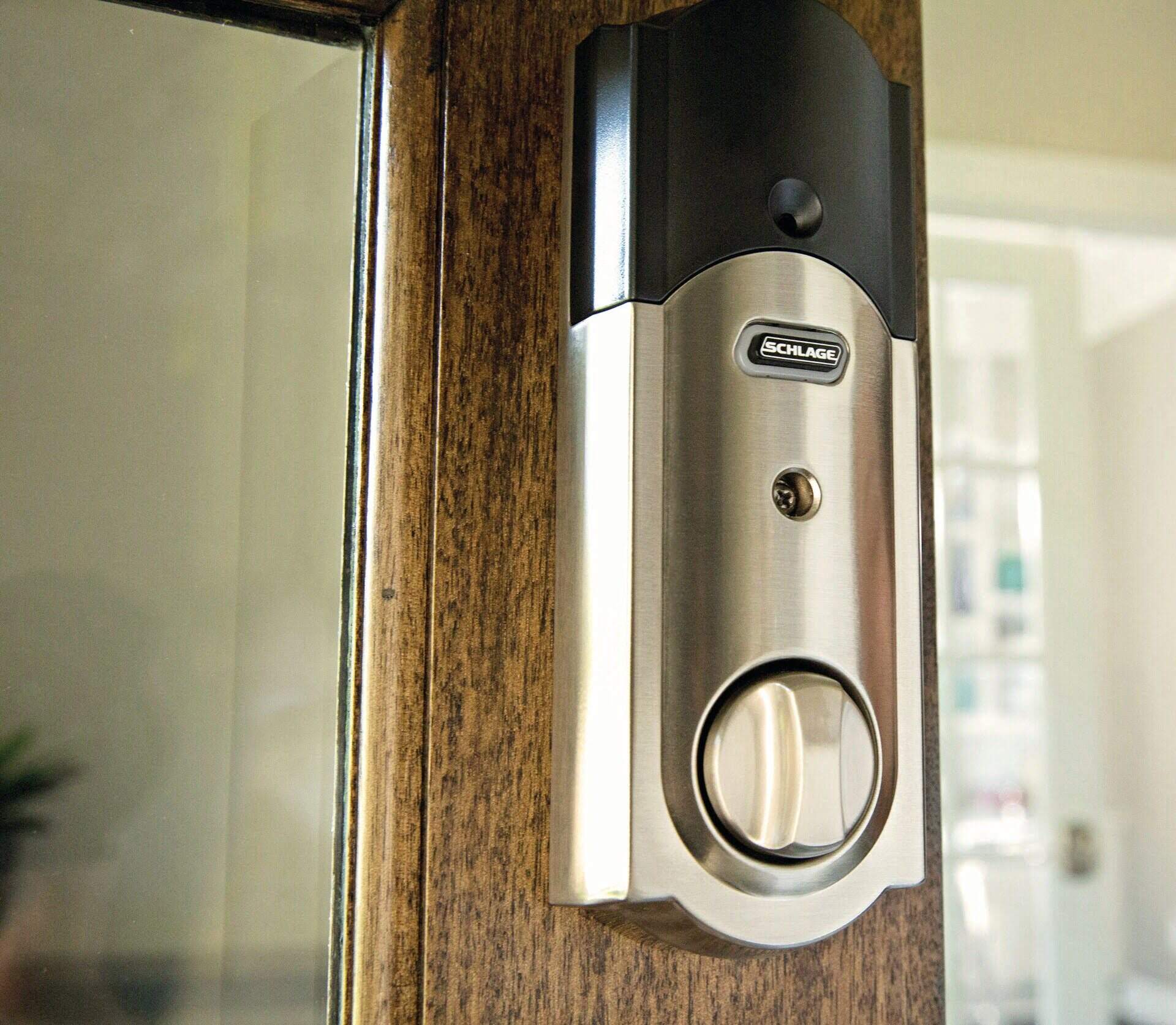
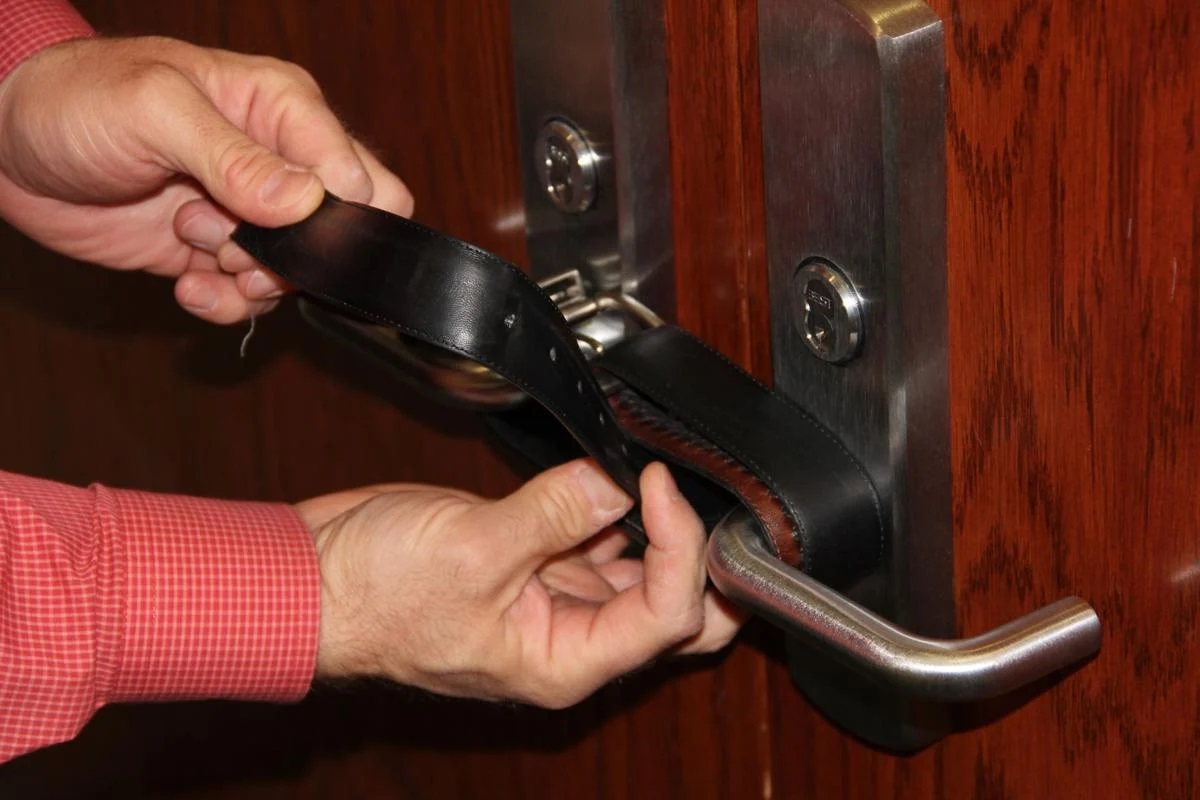
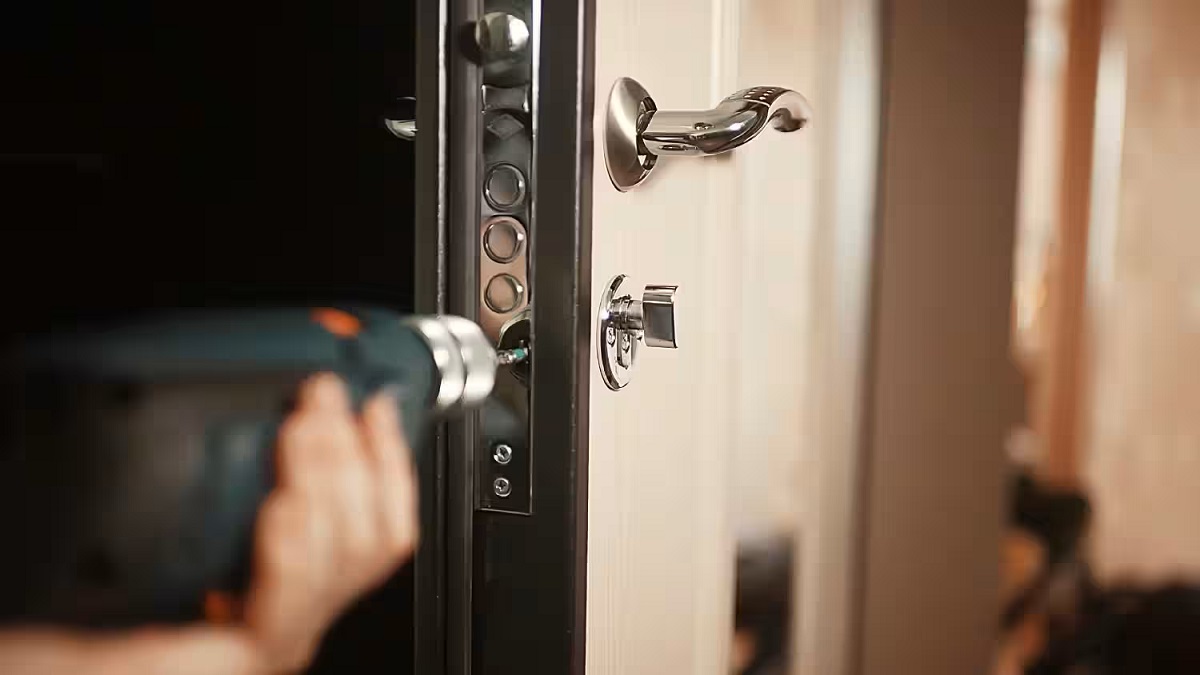
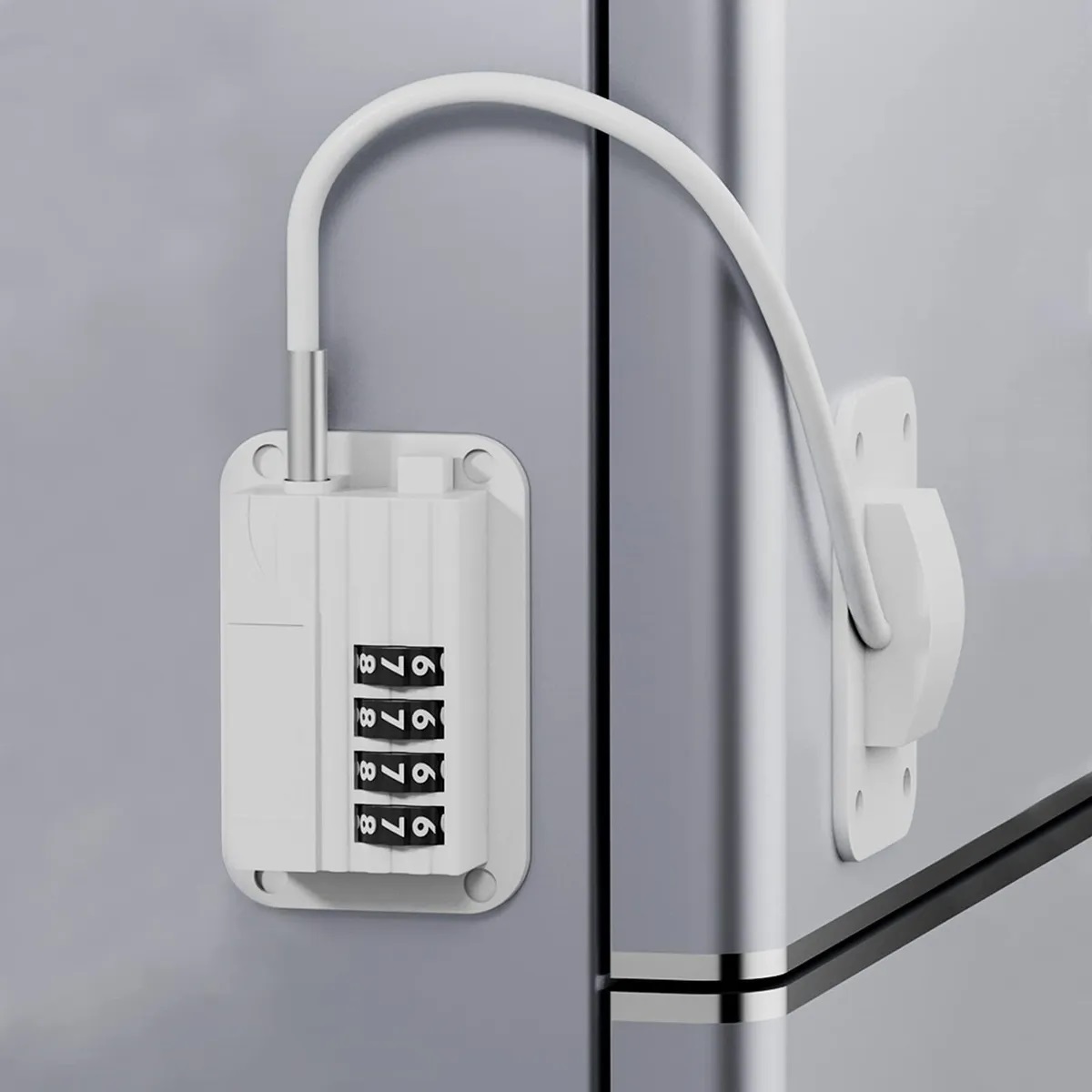

0 thoughts on “How To Lock Dog Door”